Leadership Theories and Management
The subject of leadership has been studied since antiquity. Literature on the topic reveals an evolving succession of theories. The earliest tend to focus on the character and personality of successful leaders, whilst later theories concentrate on what leaders actually do rather than on their innate qualities.
The earlier studies, which focused on the distinct qualities of how leaders behaved and the persona of individual leaders, are collectively known as 'Trait Theories.'
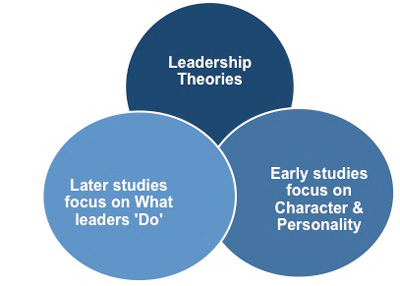 |
Early Trait Theories
These theories attempted to list the personal qualities associated with leadership and looked at the type of behaviors such individuals exhibited. Such studies saw these as the aspects that enabled leaders to influence others' behavior and get them to help their leader achieve his or her goal.
From these studies can be discerned six basic qualities that describe the behavioral traits of leaders:
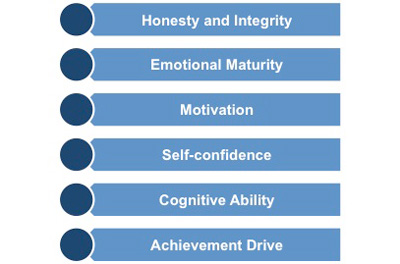 |
1. Honesty and integrity - words such as 'trustworthy,' 'reliable,' and 'open' would be used to describe the leader.
2. Emotional maturity - describes a person who is well adjusted and does not suffer from severe psychological disorders.
3. Motivation - can be described as an intense desire to lead others to reach shared goals.
4. Self-confidence - depicts someone who shows an unwavering belief in one's self, one's ideas, and one's ability.
5. Cognitive ability - portrays an individual that is capable of exercising good judgment, shows strong analytical abilities, and is conceptually skilled.
6. Achievement drive - refers to the high level of effort, ambition, energy, and initiative that leaders exhibit.
There is also a seventh quality, 'Other,' which pulls together certain traits that were felt not to fit into the six listed above. These are such things as charisma, creativity, and flexibility, which are often used when describing a respected leader.
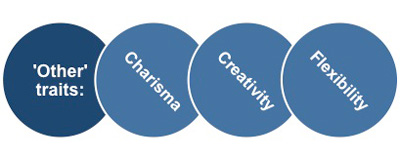 |
While it is true that some of the great political and military leaders of the past have shared these personal qualities, there are just as many exceptions. For example, three world-renowned military leaders of the Second World War illustrated a deficiency in at least one of the traits described above.
- Winston Churchill - the British wartime leader suffered from severe clinical depression.
- Josef Stalin - the Soviet leader could hardly be described as trustworthy, reliable, and open.
- Adolf Hitler - the German leader, among many other deficiencies, showed a lack of judgment when he went against the advice of almost all of his generals and chose to invade the Soviet Union, an act that was directly responsible for his ultimate defeat.
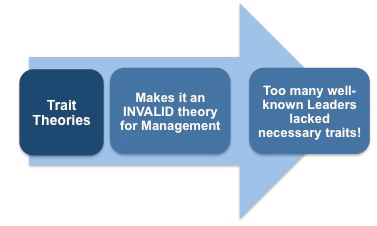 |
By simply selecting these three great leaders one can illustrate that trait theories do not stand up to scrutiny even in the context of political or military leadership, and are usually the product of wishful thinking and nationalistic hero worship.
Leadership for Management
The need for effective leaders within organizations has led to theories and methodologies that rely on behaviors that can be learned rather than 'traits' that a person either does or does not have. This Team Leadership Checklist reminds you of the behaviors and attitudes that you need to be a successful leader.
Managers are now expected to actively develop their leadership skills and to know how to adapt them to best accomplish the task at hand.
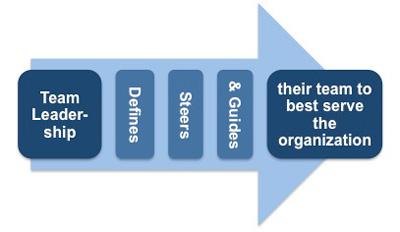 |
For the purpose of this eBook 'leadership' in the context of team building means defining, steering, and guiding your team members down the path that you believe will best serve the interests of the organization.
There are four practical leadership styles that you need to consider, whether you are leading a Customer Support Team, a Project Team, or a Strategic Team. You need to assess how adopting each style would benefit or hinder you in the role of team leader.
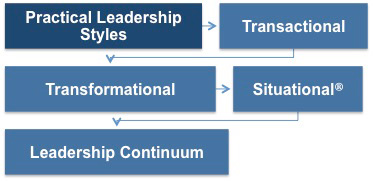 |
These practical leadership styles are:
• Transactional Leadership
• Transformational Leadership
• Situational Leadership
• The Leadership Continuum
The most important aspect of being a leader is deciding how much freedom to give your team. Too much, and they may not achieve their targets. Too little, and you will restrict their personal development and job satisfaction.
There is no easy answer to this problem and the best course of action is to consider each case on its merits with a clear appreciation of the risks involved of giving too much autonomy.
You may also be interested in:
Team Leadership Theories | Different Leadership Styles | Transactional Leadership | Transformational Leadership | Situational Leadership | Leadership Continuum.



